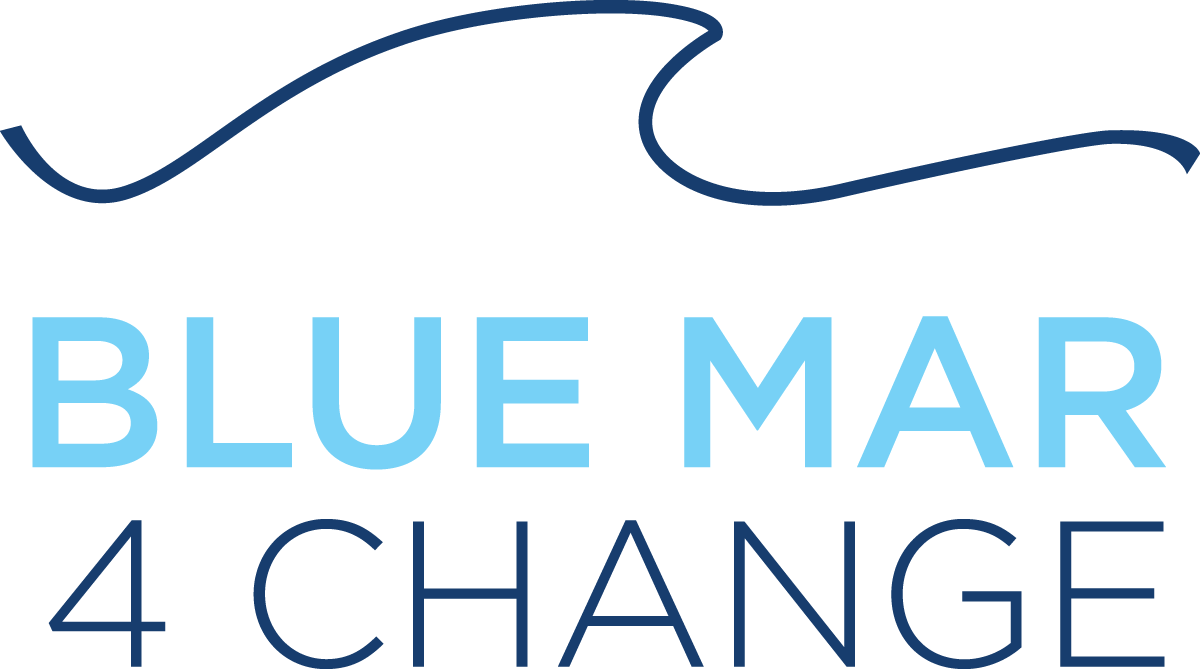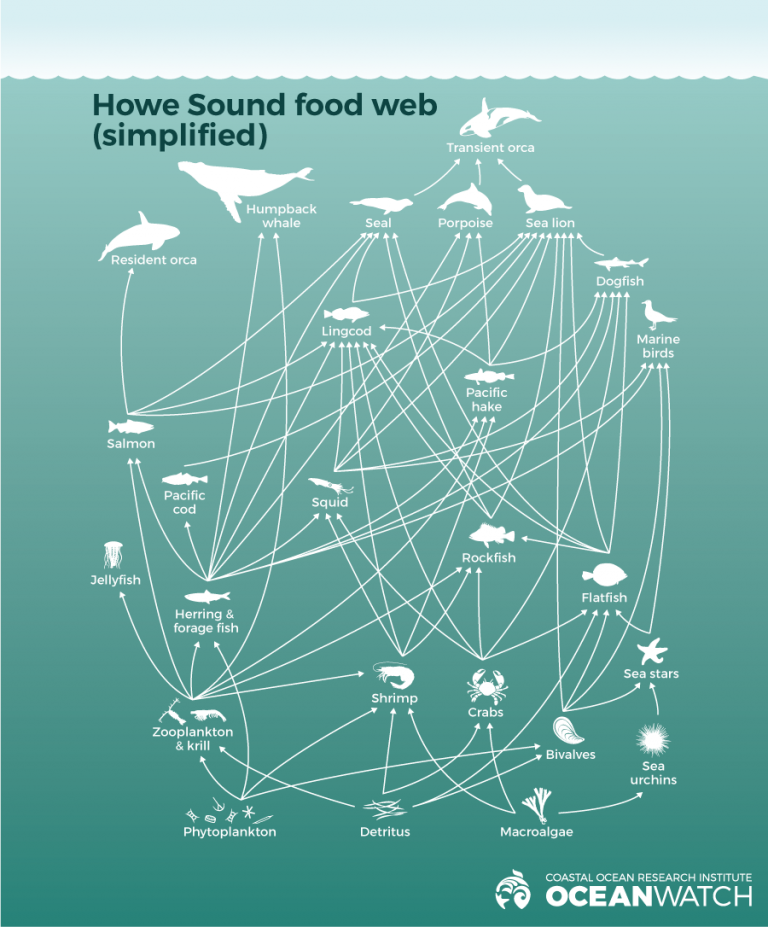CONNECT AND PROTECT – OCEAN TOOLKIT
June 3
See What’s Under the Sea
Rose Star
©Jackie Hildering
Do you ever wonder, what lives there, beneath the sea?
In that deep and beautiful ocean home.
Sometimes, we are lucky enough to catch a glimpse.
Or even visit, for awhile.
A splash of water.
A sparkly fish.
A bright and colourful sea star.
Or an orca fin.
These living creatures and many more, call Howe Sound, their Salish Home
They can’t speak up, like you or me.
It does not mean, they don’t have voices.
They are dependent on our choices.
Next time look one in the eye.
And you will know, this is why…
Each and every being counts.
The oceans protect us.
Give us air that we breathe.
Play. Relaxation. A Space to Be.
LET’S SEE WHAT’S UNDER THE SEA
Bob Turner gives us a beautiful look here, at some of the things we may find.
Tide Pool! Atl'ka7tsem/Howe Sound (9:28)
WHAT IS HAPPENING TO THEIR HOWE SOUND HOME IN THE SALISH SEA
From The Ocean Watch Howe Sound Report - Summary Page
“The return of whales, dolphins and porpoises to the waters of Howe Sound after a near 100-year absence is a huge victory for conservation efforts.
Once devastated by commercial whaling, hunting, and the effects of industrial activities such as mining, logging and pulp and paper production, Howe Sound has seen a resurgence of cetaceans, including orcas, humpback whales and porpoises. Increasing sightings of these and other iconic animals, such as herring and other forage fish, suggest remediation efforts in the Sound have had some success in restoring the health of coastal habitat.
Yet the status of other species is more uncertain.
While pink salmon have had record runs in recent years, other salmonids are showing signs of struggle recovering to previous abundance. Nearly two decades after the lingcod fishery was closed, numbers of spawning females have failed to rebound significantly. And a mysterious wasting disease afflicting sea stars throughout the Pacific Northwest, including Howe Sound, has caused ripples through the ecosystem.
The variation in the health of different species that call Howe Sound home shows the picture we have of our complex coastal ecosystems is far from complete.
As the region faces unprecedented change from a shifting climate, increased human activity, and even conservation efforts, more needs to be done to track the health of the area’s wild inhabitants, from the cetaceans at the top of the food chain to the tiniest organisms that form the basis for all aquatic life.”
Source: Coastal Ocean Research Institute. Ocean Watch Howe Sound Edition. Pg. 16 Summary
https://oceanwatch.ca/howesound/wp-content/uploads/sites/2/2017/02/OceanWatchHoweSoundReport.pdf
ACTIVITY
BE CURIOUS
Choose 3 (or more) Species in the Howe Sound Food Web that YOU want to learn more about.
Are they assessed as: Healthy, Caution, Critical, or Not Enough Data
Hint: There may be something in Tuesday’s, Connect & Protect – Ocean Toolkit
(further hint below – dive deeper – click read more)
Were there any Surprises?
Share what you Found.
Tell Your Teachers. Your Families.
Shout it Around.
GLASS SPONGE REEFS
It sounds like something from the pages of a fairy tale book.
Here’s the thing about the sea. It holds so much mystery. There’s a lot that we know. And there is also a lot, that we don’t. Thankfully we have scientists and citizens, gathering research and data so that we can all better understand and protect what we love.
“Glass sponge reefs (also called bioherms) were thought to have gone extinct thousands of years ago when they were discovered off the Canadian continental shelf in the mid-1980s. Howe Sound is the only known location where these glass sponge reefs are shallow enough to be studied by scuba divers using compressed air, making them uniquely accessible to the diving community. Cloud sponge is a common name for Aphrocallistes vastus, the main reef-forming glass sponge species in Howe Sound. The cloud name comes from its appearance.
These glass sponge reefs provide refuge for rockfish broodstock, and in Howe Sound the redstripe rockfish is a species almost exclusively associated with these reefs. Spot prawns aggregate around the sponge reefs, and for that reason the conflict with prawn trapping activity arises.”
Source: Howe Sound Biosphere Region Initiative
Read More Here – Glass Sponge Reefs
IN THE NEWS - TAKE A LOOK
CBC News, The National (Aug 22, 2017) – Glass Sponge Reefs
DIVE DEEPER – TAKE ACTION
https://cpawsbc.org/glass-sponge-reefs/
ANYONE READY, TO DIVE INTO THE SEA
To Check Out the World
That Lives Deep There Beneath
ME….ME…ME…
Grab your mask and your fins.
Purple-RingTop Snail
©Jackie Hildering
SPLASH IN – WITH THE MARINE DETECTIVE, JACKIE HILDERING
https://themarinedetective.com/
Oh, and something really cool we get to share -
Jackie, went to school, right here in Squamish.
That’s right!
She attended Mamquam Elementary and graduated from Howe Sound Secondary.
White-And-Orange-Tipped Nudibranch
©Jackie Hildering
SO AWESOME.
AND BEFORE WE DIVE IN.
LET’S HAVE A LOOK INTO JACKIE’S WORLD.
https://www.mersociety.org/
A MUST WATCH VIDEO– THIS IS POWERFUL
Listen Loud – Connection – 4 Social and Environmental Factors
Listen Carefully to the Very End.
Jackie shares her message of EMPOWERMENT.
Coastal Revival - Episode 5 - The Marine Detective (8:58)
ACTIVITY
What are the 4 Social and Environmental Factors Jackie talks about?
What does Jackie’s message of Empowerment, mean to you?
What did you love most about this video?
BE EMPOWERED. SHARE IT FORWARD.
SEA STARS
Sea Stars capture the imagination. Beautiful and bright, lighting up the ocean, in the daytime.
Sunflower Stars – Now, An Endangered Species.
They too play a key role in the Ocean food web.
It’s important to know what is happening to these Sea Stars and why.
So that we can do things differently.
There is a WEALTH of information and videos included.
Take your time, as you dive in.
EXPLORE FURTHER.
GET STARTED WITH THE FIRST VIDEO IN JACKIE’S BLOG
Hakai Institute Video – Sunflower Stars – Warming Oceans (1:24)
https://themarinedetective.com/2013/11/10/wasted-what-is-happening-to-the-sea-stars-of-the-ne-pacific/
DIVE DEEPER – TAKE ACTION
Love Sea Stars and Want to Help Out?
You can be a citizen scientist and report healthy and diseased Sea Stars
https://marine.ucsc.edu/data-products/sea-star-wasting/observation-log.html#track-disease
http://themarinedetective.com/2020/05/27/find-the-fish-for-oceans-day-2020/
LISTEN WITH YOUR HEARTS AND MINDS
(Criss Cross Apple Sauce, If You Wish)
This wonderful teacher and being in Squamish, shares her love of our oceans, along with her family.
A FUN INTERACTIVE ACTIVITY, FOR ALL AGES
CAN YOU FIND THE FISH?
https://themarinedetective.com/2020/05/31/find-the-fish-for-oceans-day-2020/
INSPIRE & EMPOWER – SHAWNA WAGNER
PROGRAMS FOR FAMILIES WHO WANT TO LEARN MORE
https://seasmartschool.com/
https://seasmartschool.com/online-programs-for-families
Orca & Dolphin Readers
Find The Fish, by our Special Presenter, Jackie Hildering, The Marine Detective
Dolphin Readers
Commotion in The Ocean by Giles Andreae – Read Aloud
Dolphins
Quiet Sing Along – Cindy the Seahorse – Bobs and Lolo
CONNECT TO THE OCEAN
ACTIVITY - ROCKY SHORE FIND AND COUNT, Shaw Salish Sea Centre
KEEP WORKING ON THAT MUSIC PLAYLIST
Take turns in choosing songs.
Two For The Playlist Today:
Moana - Auli'i Cravalho - How Far I'll Go
Xavier Rudd - Follow The Sun [official music video]
PS. REALLY CONNECT TO THE OCEAN – AND STEP OUTSIDE
Wherever you are.
Please step out in air.
It needn’t be far.
But you must take good care.
Soak up the sun.
Splash in the rain.
Be sure to repeat.
Again and Again.
If you can visit a river or a stream, that is fab. Look all around, and see what is rad.
If the ocean does call, and you really can go.
Please go there and breathe. Saltwater for your Soul.
THANK YOU FOR JOINING US, IN A SQUAMISH WAVE OF CHANGE.






